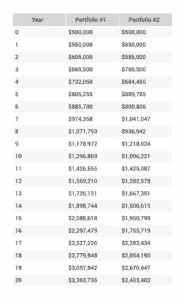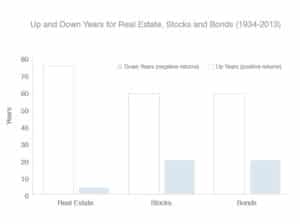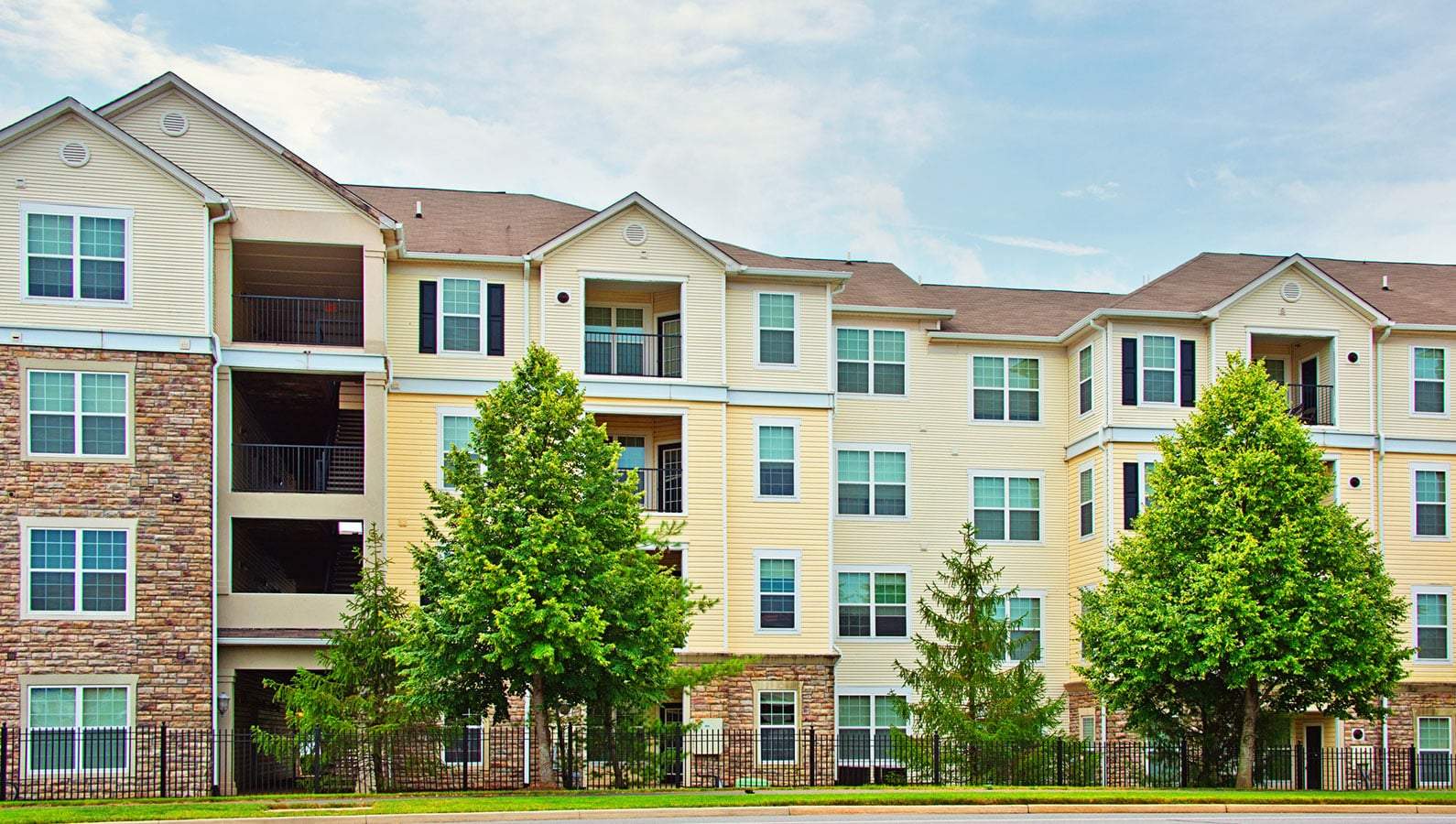Unlike investing in the stock market, direct ownership of commercial multifamily real estate is a low volatility asset class.
The dictionary defines volatility as the liability to change rapidly and unpredictably, especially for the worse. People with volatile tempers tend to suffer negative consequences. Volatile weather can lead to property damage and volatile investments can destroy wealth.
It is true that the higher the volatility, the riskier the investment tends to be. In other words, volatility = risk.
This is why it is critically important to minimize the downside of any investment. When it comes to investing, losses hurt more than gains help. If you doubt that, let me run you through a couple of examples.
First, let’s look at three different $100,000 investments. One investment experiences a 20% loss, another a 50% loss, and the third a 75% loss. In each of these examples, what percent gain is required to recover back to $100,000?
- • $100,000 x 20% loss = $80,000 — $80,000 x 25% gain = $100,000
- • $100,000 x 50% loss = $50,000 — $50,000 x 100% gain = $100,000
- • $100,000 x 75% loss = $25,000 — $25,000 x 300% gain = $100,000
As you can see, it takes a 25% gain to recover from a 20% loss, a 100% gain to recoup from a 50% loss, and a 300% gain to be made whole from a 75% loss.
Now let’s examine two different portfolios worth $500,000 each on day one. The question is what would each grow to over a 20-year period at an average gain of 10% per year. While the average annual growth rate is 10% for both portfolios, portfolio number one grows steadily at 10% per year while portfolio two is highly volatile alternating between a 30% gain one year followed by -10% loss the next year.

As you can see, two identical portfolios experiencing an identical average rate of return end up very differently all because of volatility. Portfolio one enjoyed 20 years of steady 10% growth, while portfolio two had ten up years of 30% growth with 10 down years of -10% decline. The destructive nature of volatility cost portfolio two nearly a million dollars of wealth.
That’s why it’s important to recognize the highly toxic nature of volatility to your portfolio. So if you’re looking to grow your wealth and create lasting financial freedom it’s imperative to avoid as many down years as possible.

Source: NCREIF, Bloomberg, Barclays, Lehman, RCG
With three to four times fewer down years than the stock market, commercial multifamily real estate represents a much-lower volatility asset class. That’s why adding commercial multifamily real estate to most portfolios typically adds enhanced stability in addition to increased returns.
And while the merits of commercial multifamily real estate are clear, the risk from the volatility of the stock market has been underreported. Most reports related to the stock market outline average annual returns from the major indexes. Unfortunately, research shows that the average investor far underperforms those returns.

Source: DALBAR Investing Study with data from the Investment Company Institute (ICI), Standard & Poor’s, Bloomberg Barclays Indices, and proprietary sources
Every year, the research firm DALBAR performs an extensive study of stock market investor behavior entitled “Quantitative Analysis of Investor Behavior.”
The results of this study consistently show that the average stock market investor performs far worse than the index. Why is that?
As a result of the high volatility of the stock market, there is a commonality of investor behaviors that are seen over and over again. Things like fleeing after a market downturn and buying toward the top of the market produce results that lag the broader market.
Volatility destroys wealth; it’s a scary thing. It creates desperation on the downturns and enthusiasm on the upswings that lead many investors to attempt market timing. That is why the average investor underperforms the broader market index.

DALBAR Quantitative Analysis of Investor Behavior 2016
The volatility of the stock market creates this “DALBAR effect” and can best be described in the following quotes:
“The stock market is the story of cycles and of the human behavior that is responsible for overreactions in both directions.”
-Seth Klarman“Unless you can watch your stock holding decline by 50% without becoming panic-stricken, you should not be in the stock market.”
-Warren Buffett“Far more money has been lost by investors preparing for corrections, or trying to anticipate corrections, than has been lost in corrections themselves.”
-Peter Lynch
Creating a glide path to wealth that isn’t filled with the destructive turbulence of volatility is why so many stock investors have diversified a portion of their portfolio into commercial multifamily real estate.
As an investment with high returns, low volatility, and low correlation to the stock market, commercial multifamily real estate has the potential to add real value and reduce risk to stock-heavy portfolios.

